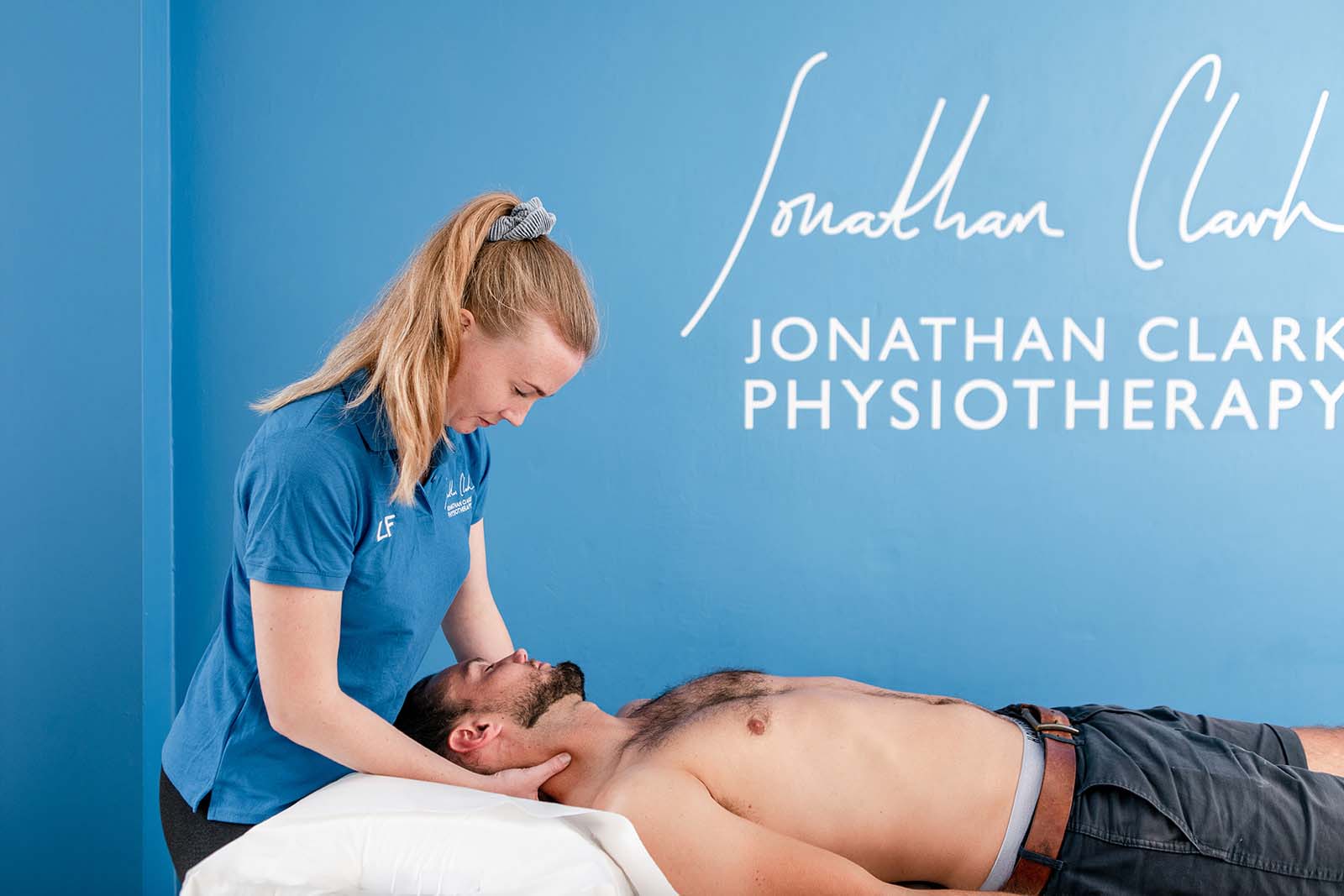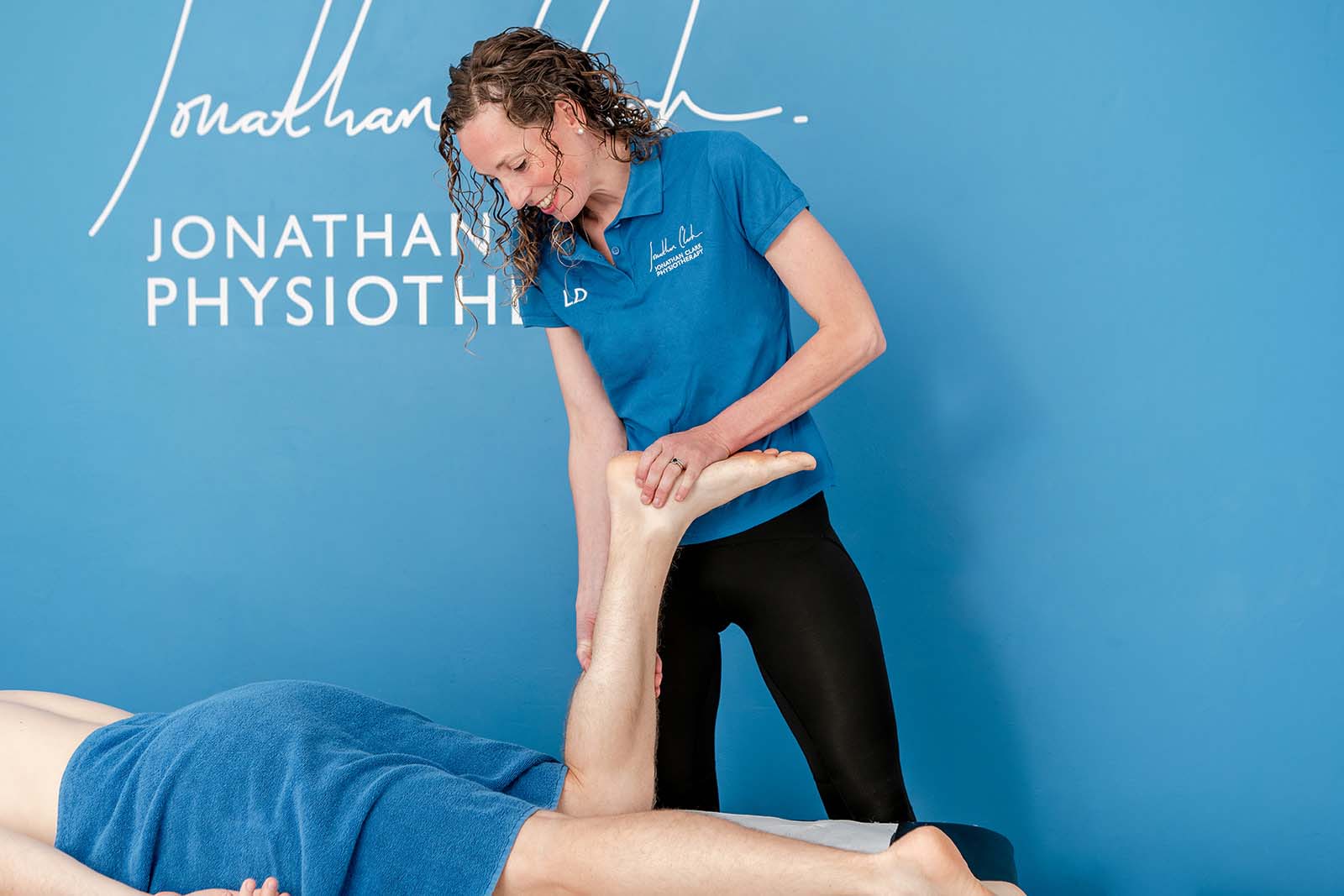Wrist Pain
Why am I experiencing wrist pain?
Wrist pain can be a right nuisance. It can prevent you from doing what you want to do, whether that be your general daily activities, work, exercise, or sports, which can be highly frustrating.
Wrist pain can come on gradually, often due to repetitive movements of your wrist, hand and fingers, working at a computer or laptop all day, playing racquet sports, playing musical instruments, DIY, housework, or other activities that involve gripping objects repetitively.
Wrist pain can also come on after a specific incident, such as gripping or lifting a heavy object, twisting your wrist awkwardly, reaching for something too quickly, throwing something, or falling on an outstretched hand.
The most common sources of wrist pain are either a sprained wrist, tendinopathy, De Quervain’s tenosynovitis, carpal tunnel syndrome, wear and tear of the wrist joint, ganglion cyst, or a fracture.
A sprained wrist is where a ligament in your wrist is overstretched. Minor injuries may only overstretch a ligament, while more severe injuries may involve partial or complete tears in the ligament.
A tendinopathy is where the tendons attaching to your wrist become overloaded, resulting in certain changes to the tendon, including swelling, stiffness, inflammation, micro-tears and a reduced blood supply.
De Quervain’s tenosynovitis is where the tendons on the thumb side of your wrist become inflamed.
Carpal tunnel syndrome is where pressure on a nerve in your wrist causes pain and numbness in your hand or fingers.
Wear and tear of the wrist joint is a natural process that happens as you age. There are 4 stages of wear and tear. The first stage is where the cartilage in your wrist starts to thin. The second stage is where the joint space in the wrist begins to narrow, and the cartilage begins to break down. The third stage is where the joint space becomes even narrower, and gaps in the cartilage can appear. The final stage is where the joint space is greatly reduced, the loss of cartilage reaches beyond 60%, and large bony spurs form.
A ganglion cyst is a fluid filled swelling that develops over the wrist joint, or a tendon that runs over your wrist.
A fracture is where you break a bone in your wrist. This can typically affect either your radius, ulnar, or carpal bones.
As I’m sure you’re beginning to realise, there are such a wide range of potential causes for your wrist pain.
Is there anything that can be done to make my wrist pain better?
You might have tried resting your wrist, stretching, hot or cold packs, taking painkillers, or seeing your GP, yet your wrist pain simply won’t go away.
But rest assured, there is a solution. Physiotherapy is a safe and effective solution for wrist pain. Our experts have helped countless amounts of people to overcome their wrist pain and get back to living a pain free lifestyle.
Your therapist will first need to undertake an assessment, to effectively diagnose and help you to understand why you’re experiencing wrist pain.
Your therapist will then put a comprehensive treatment plan in place to help you to overcome your wrist pain and fully achieve your goals, supporting you at every step along the way.
This treatment plan will comprise an array of treatments, including expert ergonomic, postural, and sleeping advice, hands on therapy, and exercises to do at home, all tailored towards your specific wrist pain.

How long is it going to take for my wrist to get better?
Unfortunately, there isn’t a quick magical fix for wrist pain.
A typical recovery journey for wrist pain will last around 3-6 months.
If you wish to get rid of your wrist pain for good, there are 8 key stepping stones that make up your recovery journey.
It’s important that each stepping stone is ticked off, to allow you to not only fully recover from your wrist pain, but to prevent recurrence of your wrist pain in the future.

Diagnosing your problem

Decreasing your pain and swelling

Improving your movement and flexibility

Improving your stability and control

Getting your muscles activating in the right way

Strengthening your muscles

Retraining your goal specific movements

Building resilience to prevent re-injury
For the vast majority of clients who present to us with wrist pain, we find that it typically takes around 6-8 appointments to tick off all of these stepping stones. Some injuries require a little less, others a little more.
You might only have to tick off a few of the stepping stones, which would lead to a shorter recovery journey, but if you need to tick them all off, this will require a longer recovery journey.
How much will it cost?
Your initial appointment with us will cost £79. Each follow up treatment will cost £59. If you wish to see a Senior Therapist, the appointments will cost £89 and £69 respectively.
How do I start my recovery journey?
To begin recovering from your wrist pain, give us a call on 02381300260 and ask to book in for a Physiotherapy Initial Appointment.
Alternatively, you can book online, by clicking on the book now button below. On our online booking page, the appointment you need to select is the ‘Physiotherapy – Initial Appointment’.

BOOK AN APPOINTMENT
WE CAN ASSESS YOUR INDIVIDUAL NEEDS AND GET YOU BACK ON THE ROAD TO RECOVERY

















